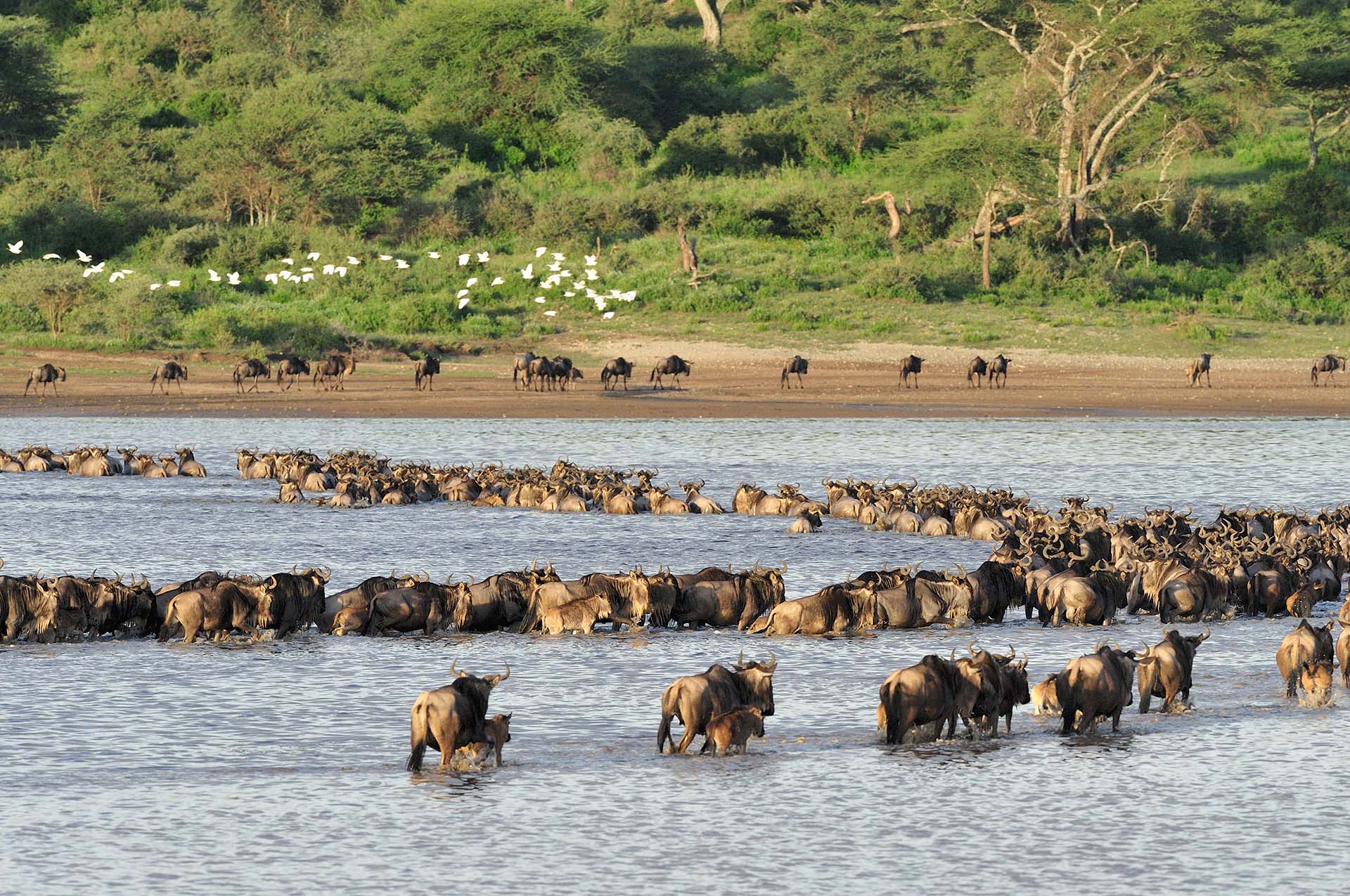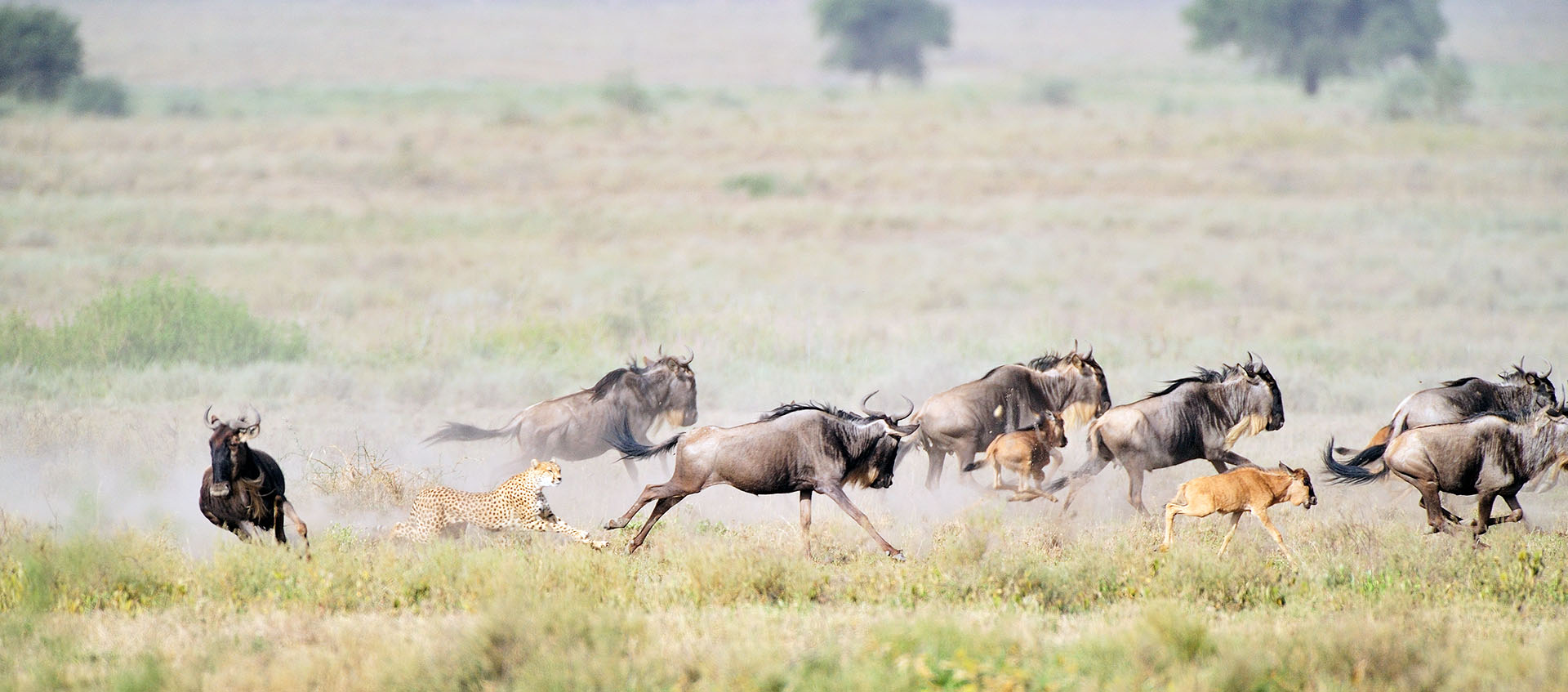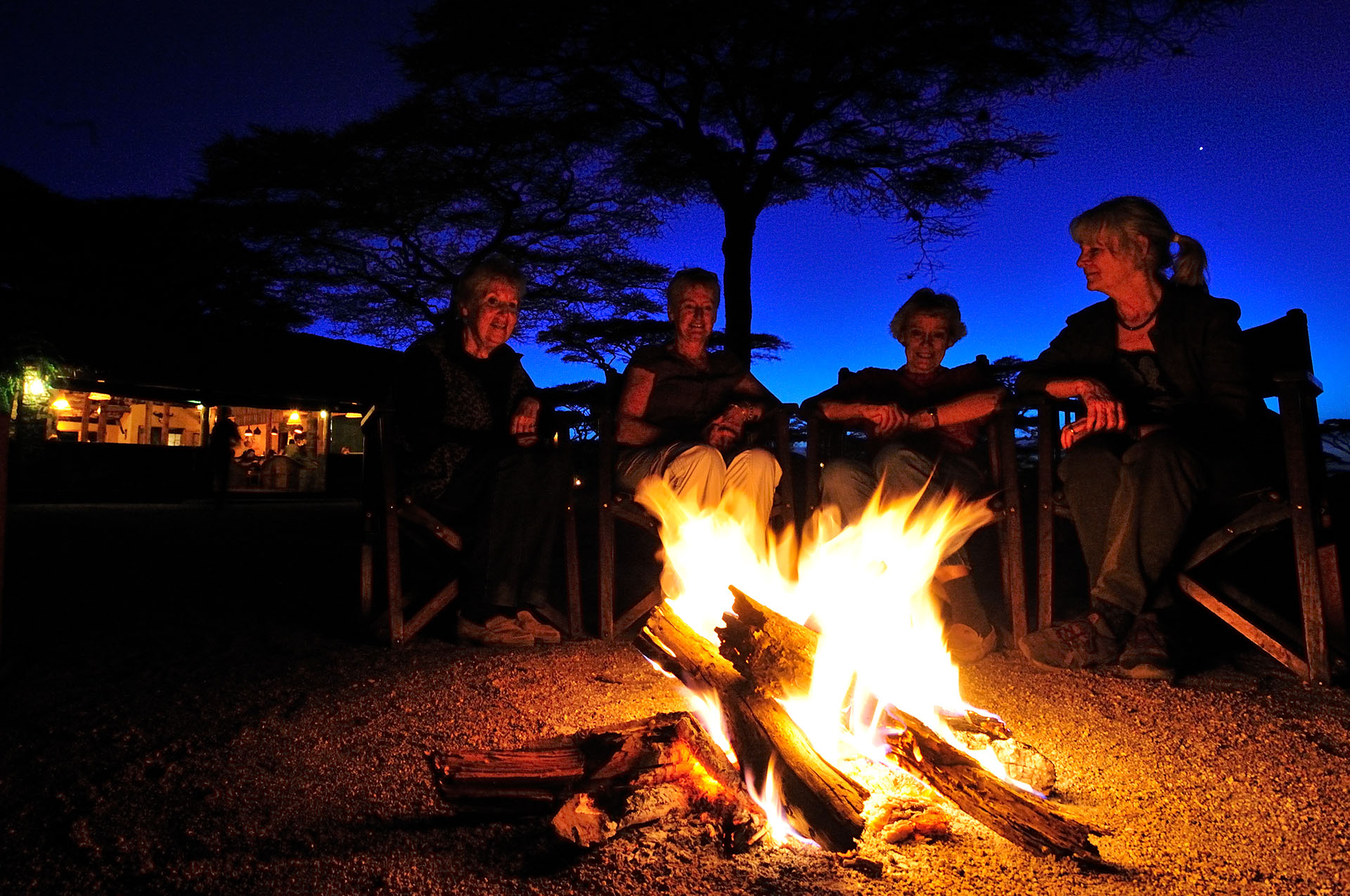IN LOVE WITH NDUTU
“I am in love. In love with Ndutu in Tanzania. It is there that I proposed to my wife. In the Ndutu of one of my heroes, Baron Hugo van Lawick, the world famous photographer and filmmaker. Two lakes, two swamps, open acacia forest and surrounded by a large open plain, just below the famous Serengeti National Park. From his Camp Ndutu, Van Lawick made famous films such as Savage Paradise: The predators of Serengeti, Serengeti Symphony and The Leopard Son. The latter title – a cinema film about the birth and the early years of a Leopard – contains a truly brilliant opening shot: a still frame of blossoming blades of grass swaying in the wind, where the raised tip of a leopard’s tail wanders into the frame on the right and out on the left! What a majestic scene.”
With this introduction my story Tanzania – The Wild Paradise begins, in National Geographic Traveler, Dutch edition. The article, for which I was commissioned to provide photography (March 2015) and text, appeared in edition 2/2016. On the website of NATIONAL GEOGRAPHIC Netherlands you can see and read the article.
I have been visiting Tanzania since 1998, the first time privately the Serengeti National Park and the Ngorongoro crater. The second time commissioned by the ANWB Reizen magazine in 2005, for two reports, about climbing Kilimanjaro and a safari in the Serengeti and Ngorongoro. In 2006 I spent almost five weeks in Tanzania with my wife, three of which were in the central part of the Serengeti, Seronera. On the advice of an American colleague photographer we also visited Ndutu for a few days. I fell in love instantly! Since then I lead photo tours to Ndutu, both groups and private.

LOCATION NDUTU AND LAKE NDUTU
Ndutu is located in the northeastern part of the Ngorongoro Conservation Area (NCA), adjacent to the Serengeti National Park. Lake Ndutu is located exactly on the border of the Serengeti and the NCA. It is a shallow slightly alkaline lake, popular with flamingos. Water also flows into the lake from two more westerly marshes. Due to the presence of water, game can be spotted all year round around the lake and the marshes. The wildebeest sometimes cross the lake, also with small calves.
The lake and marshes are surrounded by low open acacia forest, rich in birdlife and game, ideal for lions and leopards. Around it, the open plain, ideal for gazelles, wildebeest and zebras, is also the domain of cheetah and hyena.
BIRTH WILDEBEEST CALVES
In the period January-April, rain transforms the dry plains into a green carpet of fresh short grass. In this wealth of nutrient-rich food, most wildebeest give birth to their calves. In that period with over a million wildebeest and hundreds of thousands of other herbivores such as zebras and gazelles and the activity of predators, it is the place to be.
The wildebeest calves are mainly born on the more open plains, with a clear view and relatively safe. A wildebeest calf can stand within ten minutes, after two weeks it can run faster than a lion. But the open plain is also the hunting ground of Africa’s fastest hunter, the cheetah. Ndutu is perhaps one of the best places in Africa to see cheetah hunts.

HUGO VAN LAWICK, JANE GOODALL AND NDUTU
Van Lawick became acquainted with Ndutu in the early 1960s when he made a film about anthropologists and paleontologists Louis and Mary Leakey during their excavations in Olduvai, a gorge between Ndutu and Ngorongoro. In 1962, the National Geographic Society commissioned Jane Goodall to film and photograph her research on chimpanzees in Tanzania. Over the next five years they worked together for various publications and films, he married Jane and the duo had a son, Grub. Together they settled in Ndutu and he would not leave there, not even after Jane’s divorce in 1974.
“This is where his tent stood, right on this spot, from 1971, for almost thirty years. That’s where the tents of his employees were and there were the cars. This was his camp, Camp Ndutu.” Says Aadje Geertsema, former co-owner of the nearby Ndutu Safari Lodge. The first years that Jane and Hugo worked in the area, they stayed at the Ndutu Safari Lodge. Hugo van Lawick is now buried on the spot where his tent once stood.
PHOTOGRAPHY
The area is rich in wildlife all year round. Late January, early February, when calving normally peaks, there are relatively many tourists. In March and especially April, when the calves are one or two months old respectively, it is much quieter. The wildebeest often stay there until the beginning of May. Many carnivores have young at the same time and are very active.
Which makes the area so attractive for optimal nature experience and nature photography, is that it is allowed to drive off the tracks and enjoy the nature of the area off-road. It is an area where it is easy to literally lose your way and get lost.
SERENGETI, NGORONGORO CRATER, TARANGIRE AND LAKE MANYARA
When you visit Ndutu, a visit to the Ngorongoro crater is a must, you drive past it. One or two nights in the Serengeti National Park are also worth considering, especially if you’ve never been there or don’t plan to go back. Two other areas that combine well with a trip to Ndutu are the Tarangire and Lake Manyara National Parks.
INFORMATION
Would you also like to visit Ndutu? With the best driver guides and with the guidance of a professional photographer and biologist, for the best nature experience and nature photography? Please feel free to CONTACT me for more information.
For photos taken by me in Tanzania, see my portfolio TANZANIA – WILDLIFE & NATURE.
For the Ndutu Safari Lodge see NDUTU.COM. Many of Martin’s photos can be seen on the website.

